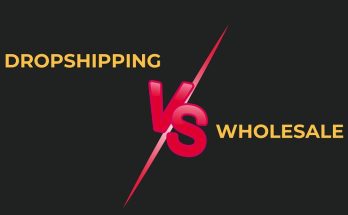Renting commercial scaffolding for large-scale projects requires careful planning and consideration. The right scaffolding ensures both the safety and efficiency of your team. Below are some key factors to keep in mind.
Understanding Your Commercial Scaffolding Specific Needs
Every large-scale project is unique. The size, scope, and complexity of the work will dictate the scaffolding requirements. It’s crucial to have a clear understanding of the project before choosing scaffolding. Will the scaffolding need to support heavy loads? Is it being used for exterior or interior work? Answering these questions will help determine the type of commercial scaffolding needed.
Choosing the Right Type of Commercial Scaffolding
There are several types of commercial scaffolding, including frame scaffolds, system scaffolds, and suspended scaffolds. Each serves a different purpose and is designed for specific tasks. For instance, frame scaffolds are ideal for straightforward, stable applications, while suspended scaffolds are better for working at height over a building’s edge. Knowing the precise needs of your project will guide you toward the appropriate scaffolding type.
Rental Duration and Flexibility
A large-scale project often spans weeks or months. It’s important to determine how long the scaffolding will be needed for your work. Many suppliers offer flexible rental terms, but it’s always best to lock down a timeline that aligns with your project schedule. Additionally, make sure the rental agreement allows for extensions if the work takes longer than expected. Unexpected delays are common in construction, and you want to avoid scrambling for more scaffolding if the project timeline changes.
Assessing Load Capacity and Weight Distribution
Commercial scaffolding needs to support both workers and materials. It’s essential to assess the load capacity of the scaffolding to ensure it can handle the weight of tools, equipment, and people. Overloading scaffolding can lead to structural failure, putting workers at risk. Be sure to consult with the scaffolding provider to confirm that the scaffold you choose is rated for your specific requirements. A detailed assessment of the weight distribution on the scaffolding is also crucial to ensure safety and stability.
Budget and Cost Considerations
Renting scaffolding for a large-scale project can be costly, especially if you’re working on a long-term project. However, the investment in the right scaffolding can significantly impact the overall success of your project. Compare rental costs from different suppliers, but be cautious about opting for the cheapest option. It’s important to balance cost with quality and service. A low-cost supplier may provide inferior scaffolding or lack the necessary support services, leading to delays and safety concerns.
Maintenance and Support Services
During the duration of your rental, you may need ongoing maintenance and support for the scaffolding. Ensure that your supplier offers adequate support services. This may include inspections, repairs, and adjustments to the scaffolding as needed. Having a reliable support team can prevent minor issues from escalating and ensure that the scaffolding remains safe and functional throughout the project.
Conclusion
Renting commercial scaffolding for large-scale projects is a critical decision that requires careful planning. By understanding your project’s specific needs, choosing the right type of scaffolding, and considering safety, budget, and support, you can ensure the successful completion of your project. Always work with a trusted supplier who can offer expert advice and high-quality scaffolding. A well-chosen scaffolding system will not only improve worksite efficiency but also help maintain a safe and productive environment for everyone involved.




